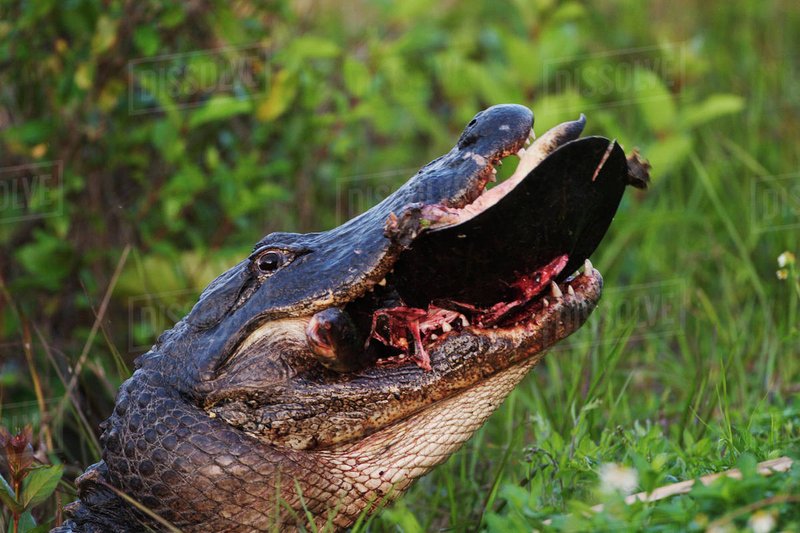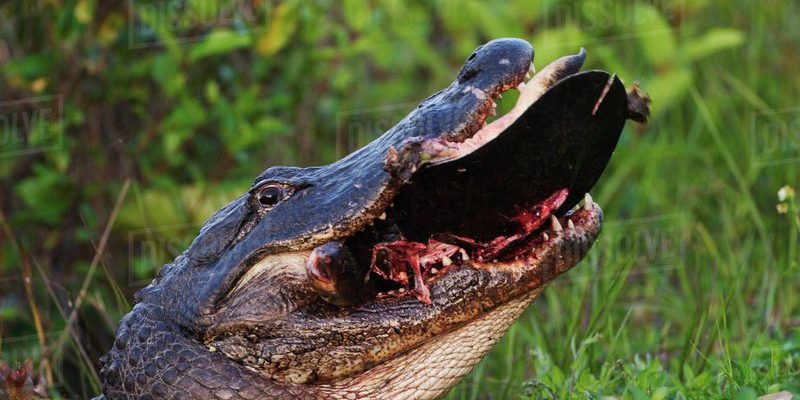
These reptiles, which can be found in parts of the U.S., Central, and South America, are opportunistic eaters. This means they’ll take advantage of whatever food source is available, much like how you might whip up a meal from whatever leftovers you have in the fridge. Let’s dive into what the American crocodile eats and how this impressive hunter tracks down its prey.
Diet of the American Crocodile
The diet of the American crocodile primarily consists of meat, and their preferences can vary based on age and habitat. Juveniles tend to feed on smaller prey, while adults go after larger animals. For the most part, here’s what they typically munch on:
- Fish: This is a staple in their diet. Crocodiles are skilled swimmers and can easily catch fish with their powerful jaws.
- Crustaceans: Crabs and shrimps are also on the menu, especially in coastal areas where these creatures are abundant.
- Birds: You might spot a crocodile snapping up birds that come too close to the water’s edge.
- Mammals: Larger crocodiles have been known to take down mammals, ranging from deer to livestock, which can be a real treat for them.
You might be wondering why they eat such a diverse diet. The answer lies in their adaptability. American crocodiles are not picky eaters; they know how to make the most of their surroundings. For example, in areas with abundant fish, they’ll focus more on that, but in drought conditions where fish are scarce, they might switch to catching birds or small mammals.
Hunting Techniques: Stealth is Key
Crocodiles are masters of stealth, and their hunting techniques reflect that. You can think of them as the ultimate ambush predators. When it’s time to hunt, they often lie motionless in the water, blending in with their surroundings. This is not unlike how a cat might patiently stalk its prey.
One popular technique they use is called “sudden lunging.” After patiently waiting, an American crocodile can explode from the water to catch its unsuspecting prey. It’s a quick and effective move. They rely on surprise, using their strong tails to propel themselves forward with incredible speed.
Here’s another interesting fact: their eyes and nostrils are positioned on top of their heads. This adaptation allows them to remain mostly submerged while keeping an eye out for potential meals. It’s like having a periscope in a submarine, enabling them to spot dinner without giving themselves away.
Feeding Habits and Meal Portioning
Once they catch their prey, the American crocodile employs a few different feeding habits. If they manage to grab a fish or small animal, they often shake their bodies to disorient it, making it easier to swallow. Speaking of swallowing, crocodiles have a unique way of handling larger animals. They tend to tear their food into manageable pieces using their razor-sharp teeth.
Additionally, crocodiles have a fascinating ability called “death roll.” When they catch something larger, they twist and roll in the water to rip it apart. Imagine trying to rip open a tough piece of meat—you get the idea! This technique not only helps them consume large prey but also eliminates potential threats.
Interestingly, crocodiles don’t eat every day. They can go without food for weeks, especially after consuming a large meal. This is handy because it allows them to thrive in environments where food isn’t always guaranteed.
Seasonal Eating Patterns
You might think that the American crocodile’s diet stays the same all year round, but that’s not quite the case. Just like how people crave certain foods in the summer versus the winter, these reptiles adjust their eating habits based on seasonal changes.
During warmer months, it’s common to see a surge in fish and bird populations, providing an ample food source. Crocodiles often become more active during this time, capitalizing on the availability of prey. In contrast, during cooler months or dry seasons, they may slow down their metabolism, using energy more sparingly, similar to how we might choose hearty meals in winter to keep warm.
These seasonal patterns also play a significant role in breeding. During nesting season, female crocodiles are busy protecting their eggs, which means they may eat less while focusing on ensuring the survival of their young. It’s all part of the circle of life!
The American crocodile is a true marvel of the natural world. Its diet and hunting techniques show just how well-adapted it is to survive in various habitats. From stealthy ambush tactics to eating a range of prey, these reptiles embody resilience and adaptability.
Next time you think about crocodiles, remember the strategic hunters they are, carefully choosing what to eat and how to catch it. The combination of their remarkable hunting skills and flexible diet truly makes them one of nature’s finest. Just like a smart chef in the kitchen, the American crocodile knows how to thrive by making the most out of what’s available.

